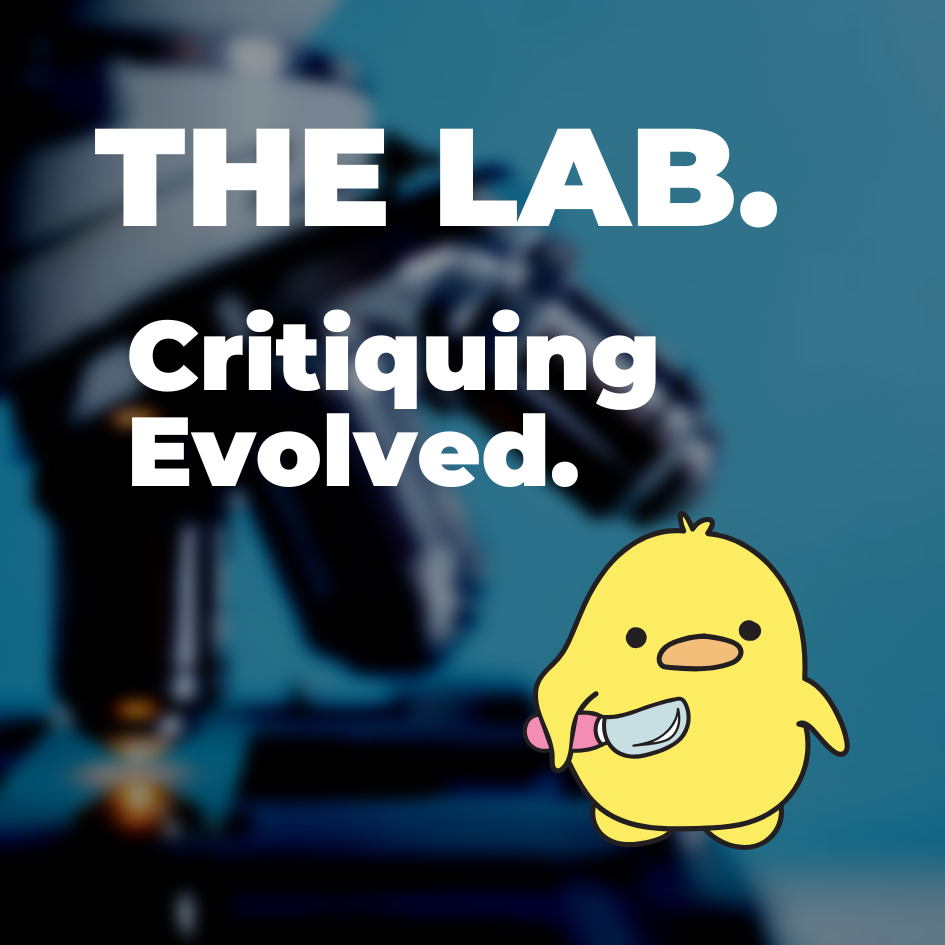I buy overripe bananas to freeze, but I did not know this about how to keep them from over-ripening
Bananas ripen, as all climacteric fruits do, thanks to the ethylene gas emitted by the fruit as it ages. The gas is released primarily from the stem (or “crown”) of the bunch where it was severed from the banana plant. As the gas travels outward from the stem, it can settle around the exterior of the bananas, causing them to turn yellow, brown, and eventually black. This is doubly true when the bananas are slumped in a heavy bunch on the countertop; banana hangers aim to slow ripening by letting plenty of air circulate around each piece of fruit.
When a small piece of plastic is wrapped around the crown, the ethylene gas is trapped and doesn’t have as much of a chance to swirl around your fruit; this slows down the ripening process and keeps the banana frozen in time for a bit longer. The gas cannot be kept at bay forever, but the plastic is an easy intervention if you’re picky about having a pristine yellow peel.
Not all producers wrap the crowns in plastic when selling bunches at the grocery store, but as Chiquita points out, you can always take a bit of plastic wrap and try out this technique for yourself once you bring your bananas home. You don’t need more than a few square inches of wrapping, and it should help you get a few extra days out of your fruit—as will keeping the bananas away from cold and hot temps inside your kitchen and making sure they aren’t being squashed by anything else on the countertop.
Conversely, when you want to accelerate the ripening of your bananas, there areways to hasten the buildup of that ethylene gas around the fruit. Start byremoving the plastic on the crown, and then place the bananas either inside a paper bag or beside other ripe fruits that emit ethylene gas, such as avocados.
Bananas ripen, as all climacteric fruits do, thanks to the ethylene gas emitted by the fruit as it ages. The gas is released primarily from the stem (or “crown”) of the bunch where it was severed from the banana plant. As the gas travels outward from the stem, it can settle around the exterior of the bananas, causing them to turn yellow, brown, and eventually black. This is doubly true when the bananas are slumped in a heavy bunch on the countertop; banana hangers aim to slow ripening by letting plenty of air circulate around each piece of fruit.
When a small piece of plastic is wrapped around the crown, the ethylene gas is trapped and doesn’t have as much of a chance to swirl around your fruit; this slows down the ripening process and keeps the banana frozen in time for a bit longer. The gas cannot be kept at bay forever, but the plastic is an easy intervention if you’re picky about having a pristine yellow peel.
Not all producers wrap the crowns in plastic when selling bunches at the grocery store, but as Chiquita points out, you can always take a bit of plastic wrap and try out this technique for yourself once you bring your bananas home. You don’t need more than a few square inches of wrapping, and it should help you get a few extra days out of your fruit—as will keeping the bananas away from cold and hot temps inside your kitchen and making sure they aren’t being squashed by anything else on the countertop.
Conversely, when you want to accelerate the ripening of your bananas, there areways to hasten the buildup of that ethylene gas around the fruit. Start byremoving the plastic on the crown, and then place the bananas either inside a paper bag or beside other ripe fruits that emit ethylene gas, such as avocados.



